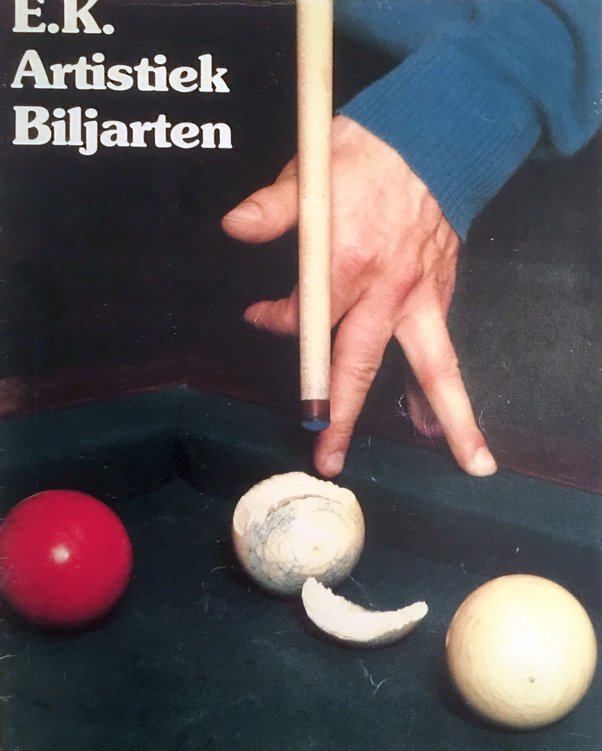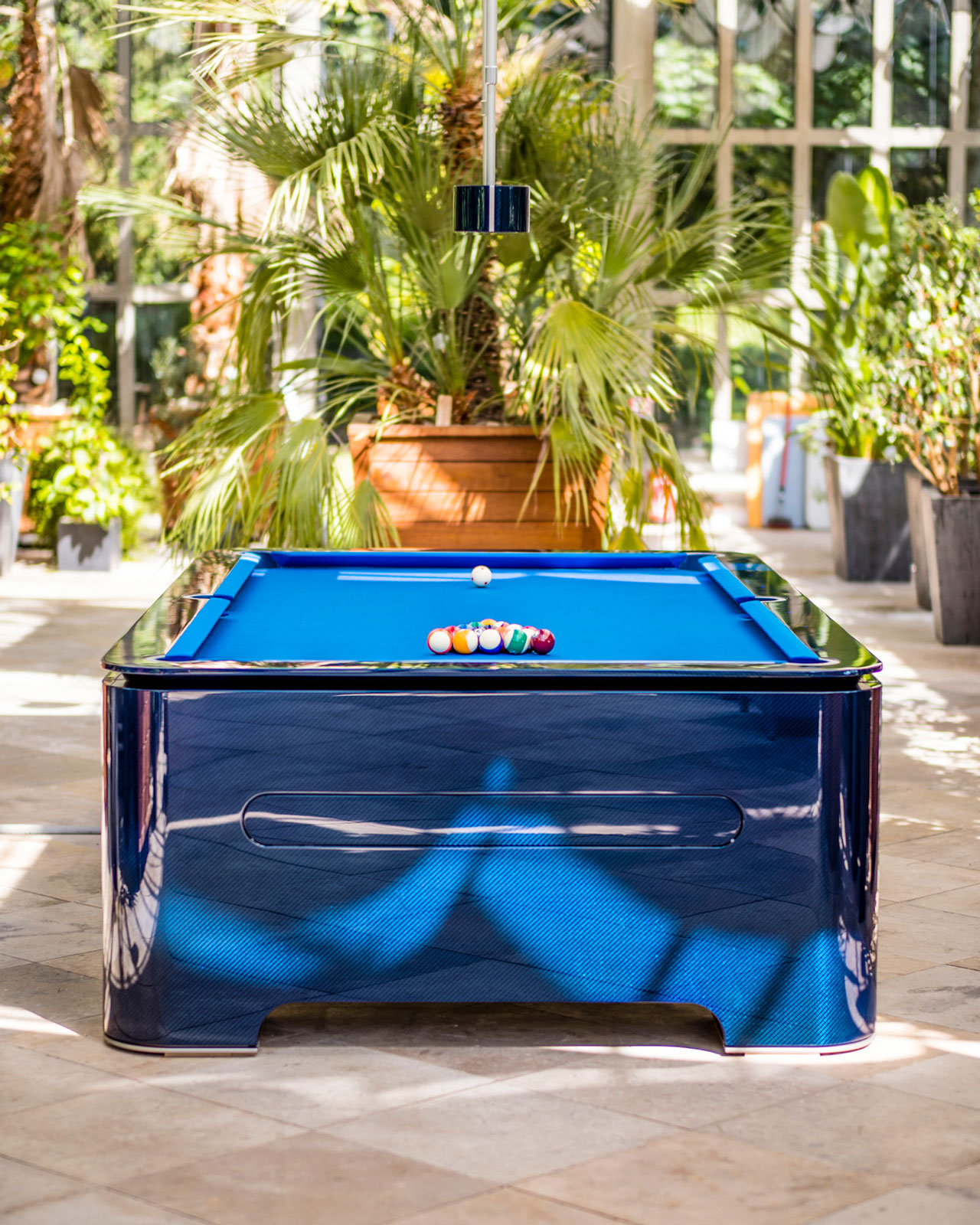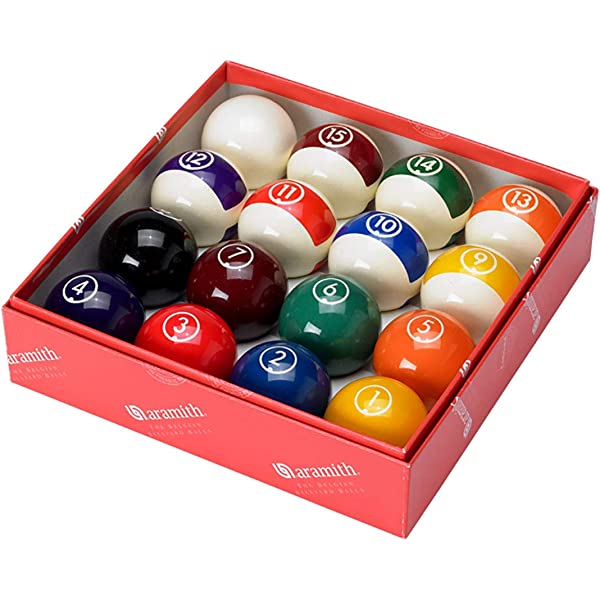
Although pool and billiards are similar, there are some key differences. They use different table sizes. Billiard tables are larger than pool tables and use bigger balls. Billiards cues can also be thicker or shorter than pool cues.
Carom billiards requires no pockets
Carom billiards is different than pocket billiards as they do not use pockets to hold the ball. Three balls are used instead of the usual 4. The cue should be pointed in a certain way to ensure that the balls ricochet. These games require considerable skill and ingenuity. Each player is allowed three turns. Players can earn as many as 500 points but the highest ever recorded score is just 427.
The objective of carom billiards is to amass as much score as possible before your opponent, and to do so within a set period of time. Each successful shot earns one point, and there is no penalty for a miss. Aramith Carom Balls, which are designed for artistic billiards, can also be used by players.
Only three balls are used
Both pool and billiards are variations of the game carom. Both games employ three balls, a caromball and a redball. The red ball, also known as the cue ball, is used in carom-billiards. The other two balls are called the yellow and brown balls. Both games can be played at pool tables measuring five by ten feet.

Billiards can be played on a five-by-10 foot table with three balls. Three-cushion billiards has the cue ball marked on one side with a black dot. The object ball is the red ball. The aim of the game is to score as many points as possible.
The directional nap of snooker cloth is noticeable
The snooker cloth has a distinctive directional nap which affects the trajectory and flight of the ball. It is made from 100% wool and thick. This is different than carom cloth, which tends to be worsted and made for speed. Both types of cloth serve different purposes and are used in different ways.
It is easiest to see the difference in direction when you are moving slowly towards the middle. If the ball has been played without weight, it is more likely to sink into the side cushions. This can be prevented by aiming your shot towards the inner or far jaws of the middle pocket.
Modern billiards cues
Modern billiards and pool cues are very different. They are made of different materials. The male and female internal connection points are almost always made of steel or brass. These materials are stronger against temperature changes, and they expand and contract less quickly than other materials. Not only are the cue materials high-quality, but many cues also have silver inlays and precious stones.
Billiards were born out of outdoor stick and ball games. The game is also called "ground pool" and is similar to modern games, such as golf, croquet or hockey. Modern billiards cues, despite sharing many similarities, are made for different purposes.

History of billiards
Billiards and pool date back to the 14th century when ground-billiards were invented. Although it is not clear where the word "billiards" came from, two French words are believed to be the source. The first is billette, which refers to a mace stick that is used to smash balls. The second is bille, which means tail. Frenchmen are also contributors to the game's evolution, alongside the English-language developers.
In England and Europe, pool and billiards became very popular in the 18th century. King Henry VIII (Edward VI), and the Archbishopof Glasgow were all present at events featuring pool. Cardinal Thomas Wosley a friend of King Henry VIII wrote a glowing letter praising the sport. Billiards was seen as a noble sport in the 17th-century, when French kings hired joiners for their tables. The game has evolved considerably over the centuries, with the role of pockets evolving with time.